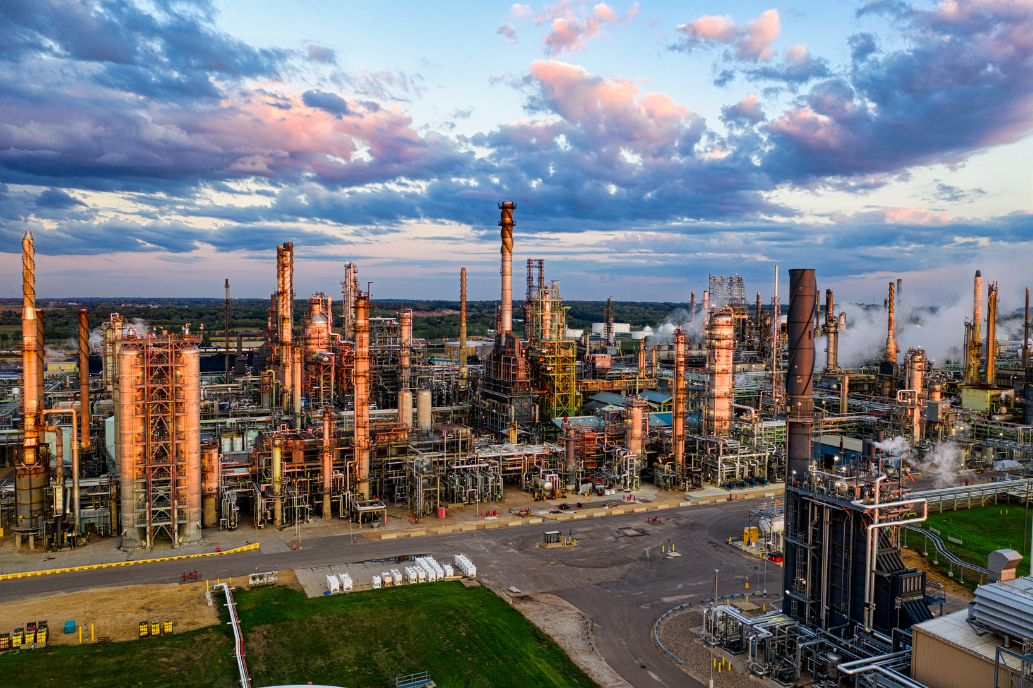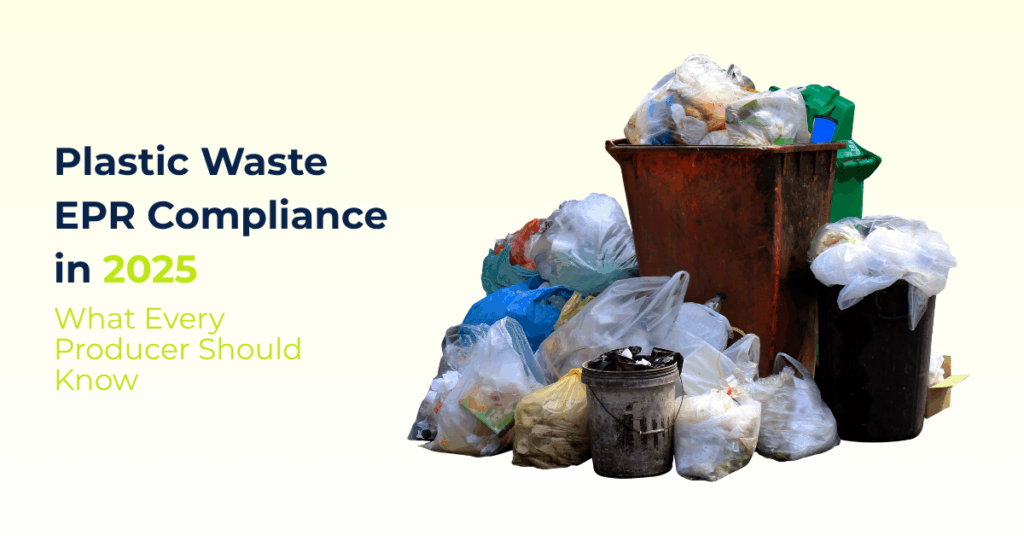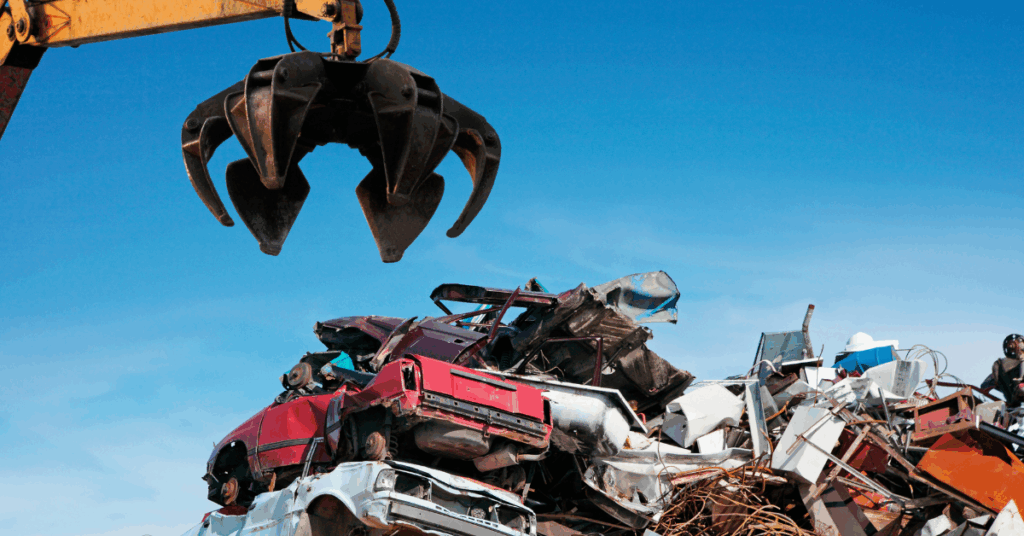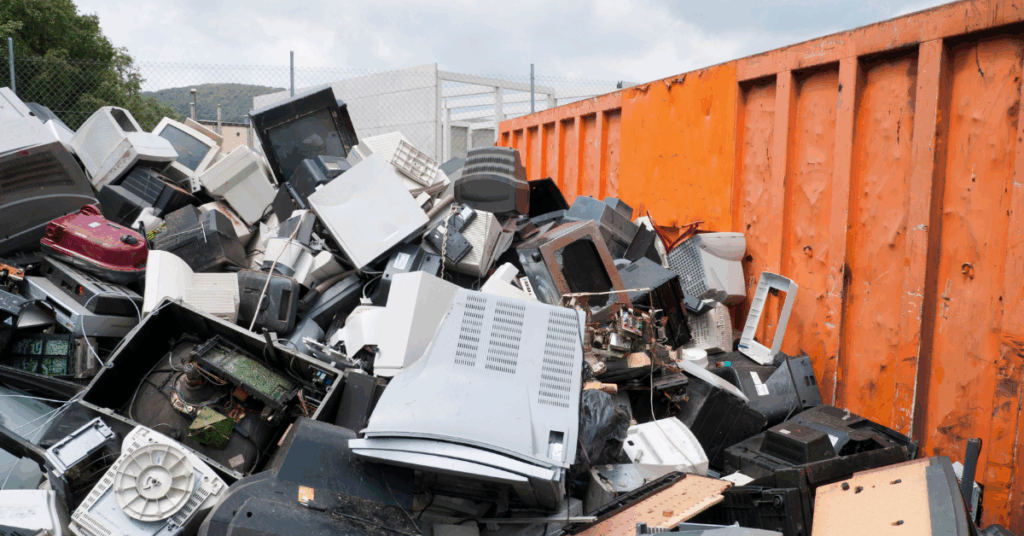The scrap industry is entering a phase where efficiency is no longer defined by scale, manpower, or trading acumen. It’s defined by intelligence. Industrial waste streams are growing in volume and complexity, and without data-driven visibility, even experienced recyclers are losing margins in places they aren’t looking. Analytics has quietly evolved into the most influential force shaping sustainability, not because it sounds modern, but because it exposes operational truths that traditional systems overlook.
Scrap yards, aggregators, and processors operate in an environment where material composition changes week to week, contamination patterns shift with production cycles, and prices fluctuate so frequently that instinct-based decisions no longer hold their previous advantage. What analytics offers is a level of clarity that allows scrap companies to anticipate material behavior rather than react to it.
Industrial generators are increasingly adopting material-level tracking systems that record scrap generation by process, shift, and machinery. This gives recyclers unprecedented information before material even leaves the factory. A recycler who knows that a specific supplier’s aluminium scrap contains an average of 12 percent oil contamination doesn’t waste time disputing yield. They negotiate precisely, price confidently, and process efficiently. This degree of accuracy eliminates guesswork from purchasing, which has historically been one of the most volatile aspects of the scrap business.

On the processing side, analytics is transforming sorting, baling, and recovery operations. The ability to log moisture levels, track bale density variations, and measure the frequency of non-conforming material allows processors to calculate true cost per ton. Many scrap companies who thought they were operating efficiently are discovering, through simple data capture, that hidden inefficiencies like extra forklift cycles, double handling, extended dwell time, or inconsistent baling, were quietly consuming margins. When these factors are measured, they can be eliminated.
Globally, the most competitive recyclers are adopting predictive models based on inbound patterns. Ferrous yards forecast volume spikes from demolition cycles. Non-ferrous processors map alloy flow trends based on automotive and appliance production schedules. Plastics aggregators predict seasonal fluctuations in LDPE and PET quality based on humidity, rainfall, and storage conditions. These insights turn volatility from a risk into an opportunity. When a yard knows that feedstock volume will rise next month, it prepares space, manpower, and downstream buyers before the increase hits.
Industrial sustainability, once a corporate checkbox, is now a material science challenge where data plays a central role. Producers want traceable scrap streams. Export markets are demanding grade-level purity and origin accuracy. Compliance frameworks expect measured and verifiable recovery. This is pushing the entire ecosystem to adopt digital material passports, QR-based movement tracking, and load analytics that ensure transparency from the factory gate to the recycler’s furnace or granulator.
The advantage for scrap companies willing to adopt analytics is substantial. They become the preferred partners for global brands looking for accountability across their supply chains. They secure long-term contracts because they offer predictability. They negotiate better because they can justify every number. They process smarter because they can see waste within their own operations. Efficiency stops being an aspiration and becomes a measurable, repeatable result.

Data-driven waste management is not about adopting sophisticated technologies. It’s about adopting a disciplined mindset where observations become measurements and measurements become strategy. Even basic tools like structured logs, digital weighbridge records, contamination scoring, recovery dashboards, etc deliver results that directly influence profitability. The industry is shifting toward a model where precision is worth more than capacity and intelligence outperforms scale.
For a sector that has always adapted to market changes faster than anyone else, the next leap forward is clear. The scrap yards, aggregators, and recyclers who embrace analytics will be the ones shaping the sustainability standards of tomorrow. They will not just process material—they will control information, and that information will be their competitive advantage.


